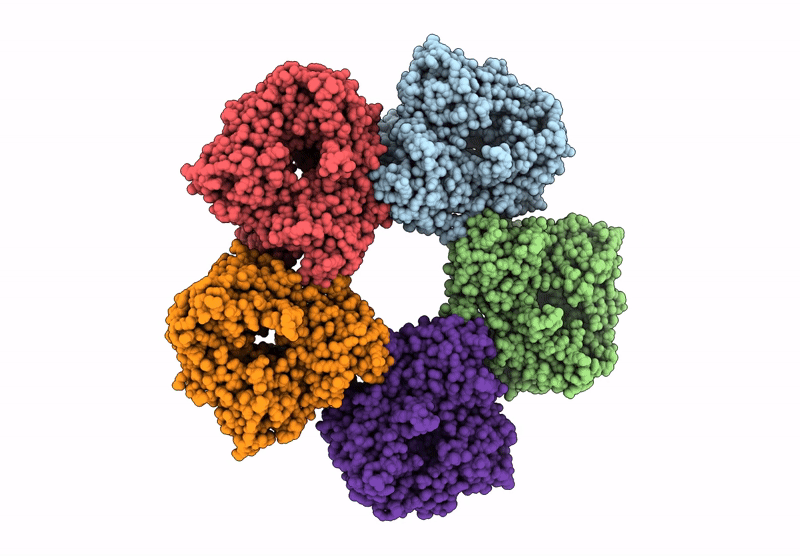
Deposition Date
2024-09-15
Release Date
2025-03-26
Last Version Date
2025-04-30
Entry Detail
PDB ID:
9JKC
Keywords:
Title:
Crystal structure of Aspergillus fumigatus polymycovirus 1 ploymerase (residues 85-763) in its apo state
Biological Source:
Source Organism:
Aspergillus fumigatus tetramycovirus 1 (Taxon ID: 2849587)
Host Organism:
Method Details:
Experimental Method:
Resolution:
3.40 Å
R-Value Free:
0.20
R-Value Work:
0.15
R-Value Observed:
0.16
Space Group:
C 1 2 1


